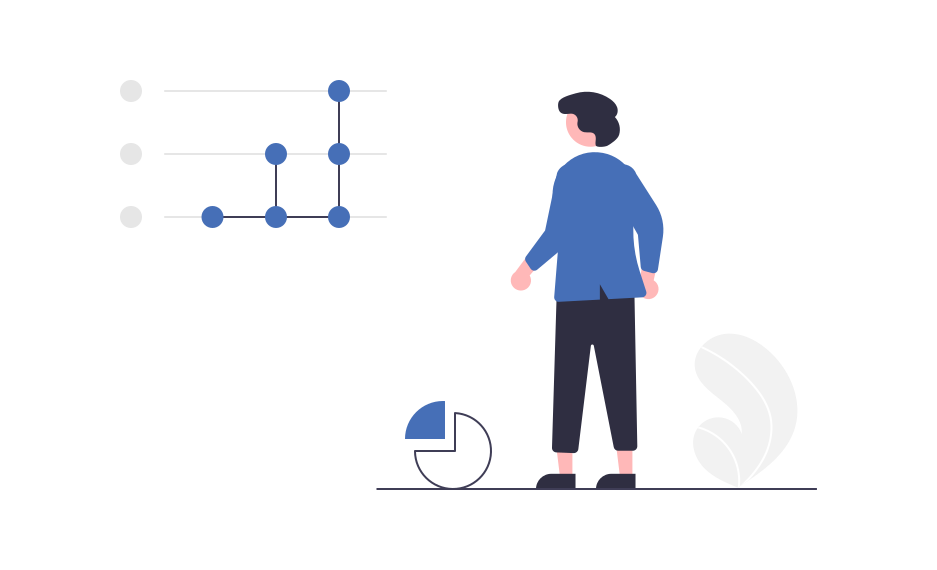How do you incorporate soft skills into a competency model that revolves around hard skills?
Jeshoots.com on Unsplash
As you build your competency model, you will often get a lot of pushback in terms of hard skills vs. soft skills. According to research by McKinsey, the World Economic Forum, and LinkedIn, soft skills (also called core or fundamental skills) are growing in importance in the Fourth Industrial Revolution (digitization, automation, AI) and they lead to job security because they can’t be automated. These skills also transcend jobs, even those that don’t currently exist. So when you are looking to both upskill and reskill, these skills matter.
Remember that the competency model describes what people need to do in the job to execute their part of corporate strategy. Usually that’s the hard skills. But it’s the soft skills that determine how WELL you do the hard skills. Therefore, we generally use the soft skills to differentiate levels of proficiency for a hard skill.
For example, instead of having 3 skills in the model on analyzing and reporting out data, tailoring communication, and influencing, we have one skill “Analyze data and report findings”, where the behavioral examples are:
Level 3: Analyze data and generate a report
Level 4: Tailor communication of the analysis to the needs of the stakeholder to whom you’re presenting
Level 5: Make a recommendation based on the analysis and successfully influence leaders to adopt it
And these higher level examples might be reflected in many hard skills, perhaps without much change, since these are what separate good from great.
A person could be able to influence others related to one hard skill, but struggle with influencing others related to a different hard skill. This is not because they have a problem with influencing per se, (though it could) but rather because they don’t have the same credibility in that hard skill.
However, depending on the role, we’ll usually have 3-4 critical soft skills separate from the hard skills so they can be developed independently. The actual number you select will vary based on the role. And you’ll also want to have an eye to the future and reskilling opportunities. For example, in a sales role, you might have lots of selling skills (hard) with soft skills built in, and then have presentation skills, verbal/written communication skills, data analysis, and learning agility added. Learning agility is the most important soft skill/skill of the future. If you want to ensure people can continuously upskill and reskill – don’t let anyone lose focus on that.
For more on how to build these levels of behavioral examples, see the free recorded ATD webinar on how to build a competency model and download instructions and templates.



